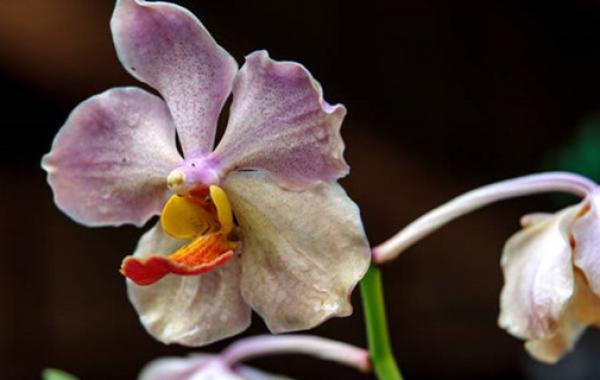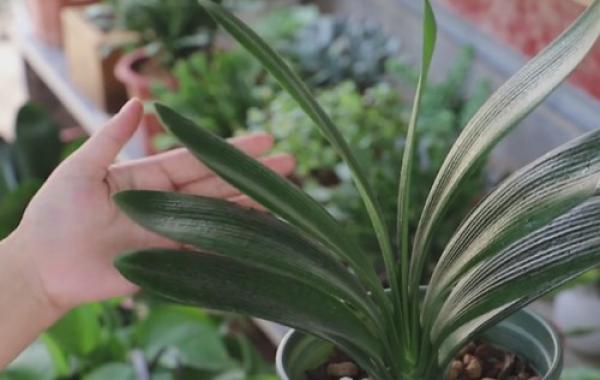Rapid Propagation Technology of Cymbidium

Gentleman orchid as its name is like a modest gentleman, growing up is particularly attractive, no matter when it is blooming or not, it is a very good ornamental plant, many people like to raise a pot, its leaves are green, flowering clusters, attractive. However, when raising orchids, we will encounter a lot of unsatisfactory places, for example, the leaves of orchids turn yellow, but it is more common.
The gentleman orchid plant shape is dignified, the leaf arrangement is neat, the leaf color is greenish and moist, it is known to watch the flowers rather than appreciate the leaves, it is a kind of flowers that people like to breed very much. So do you know how to choose a gentleman orchid? Let's take a look at the selection skills of gentleman orchid with the editor. To evaluate the quality of Cymbidium varieties, its leaves account for a large proportion. So what are the characteristics of the leaves of the top-grade magnolia? 1. The leaves of the top-grade magnolia should be short and wide, with a length of between 9 cm and 12 cm, the ratio of length to width within 4:1, and some varieties can reach 2:1 or even 1:1, such as Henglan.
Magnolia (scientific name: Clivia), alias Lycoris radiata, is an ornamental flower of the genus Lycoris of the family Amaryllidaceae. It feels pretty good to decorate a pot of orchids in your room. Here's how to propagate quickly:
1. New sowing method. Put 1x3 rotten horse dung in the sowing pot and cover it with 2x3 clean river sand, then blanch the seeds which have been blanched in constant temperature water for 12 hours and 24 hours with 30-40 ℃, then cover a thin layer of passing river sand.
After sowing, put the pot on the bottom temperature or Kang or electric mattress, the bottom temperature is kept at 20-30 ℃, too high or too low is not conducive to seed germination. Using this method to raise seedlings and germinate quickly, radicles can grow in about 3 days, while conventional propagation takes 25-30 days.
2. Tissue culture. In this method, the seeds at milk stage were used as materials to induce callus from different organs under certain temperature and light conditions, and the callus was inoculated on the additional medium to produce new plants. Through this method, a large number of advantageous varieties can be propagated in a short period of time, and it is a good method for rapid propagation of Cymbidium.
The times are advancing, so florists should try this new breeding technique.
Related
- Is the orchid suitable for indoor use? Is it good for the body?
- How to prevent the empty root of orchids?
- What to do after the crab claw orchid is withered?
- Why are the leaves of orchids always yellow? Fertilizing and watering.
- Can the root of the gentleman orchid be saved if it is rotten?
- Diagnosis and treatment of cotton-blowing beetle insects in Cymbidium
- There is a way for a gentleman's orchid to rot.
- What is the most suitable temperature and humidity for the orchid?
- How to raise a gentleman's orchid? Cultivation techniques of Cymbidium
- How to prepare the nutritive soil for the cultivation of Cymbidium



